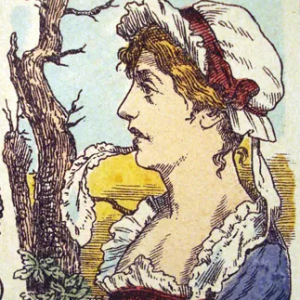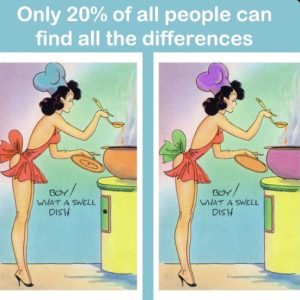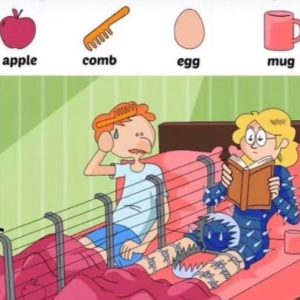Logic puzzles like this “glass filling” challenge can look simple at first glance—but the trick is in the details. You see four glasses labeled A, B, C, and D, all connected by a maze of pipes. Orange juice is poured in at the top, and your job is to figure out which glass will fill first.
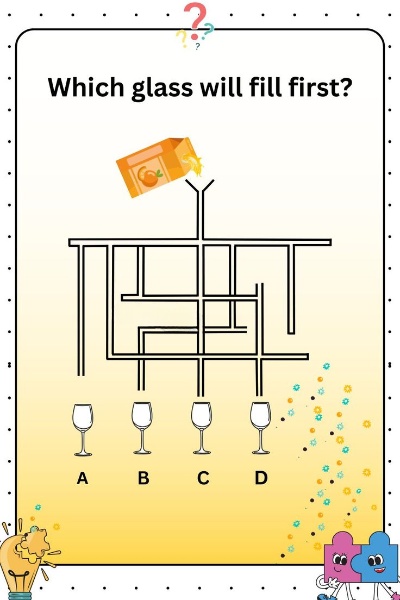
Breaking Down the Pathways
To solve this, you need to follow the path of the liquid carefully, paying close attention to blocked pipes and dead ends. Each glass might seem like an option, but only one has a completely open route from the starting point.
Why Glass B Won’t Fill First
The central path leading to Glass B looks straightforward, but there’s a hidden horizontal block right before the pipe drops down. That means juice can’t reach B at all—it’s out of the race before it even starts.
Video: Which glass gets filled first??
Why Glass C Is Out of the Running
Glass C also appears promising at first, but its entry pipe is sealed off vertically right before the bend. No matter how much juice is poured in, it will never flow into C.
Why Glass A Takes the Longest
The route to Glass A branches off early on the left, but the vertical drop won’t fill until the straight pipe section above is full. That long delay means even though A is connected, it’s the slowest to start receiving juice.
Video: Which Glass Will Fill First?
Why Glass D Wins
On the far right, things look different. The upper side branches are blocked, forcing the liquid to travel down the open channel that leads directly to Glass D. There are no obstructions, no detours, and no secondary fills—it’s the most direct and fastest route.
The Logical Conclusion
By ruling out the blocked paths and factoring in flow delays, it’s clear: Glass D fills first.
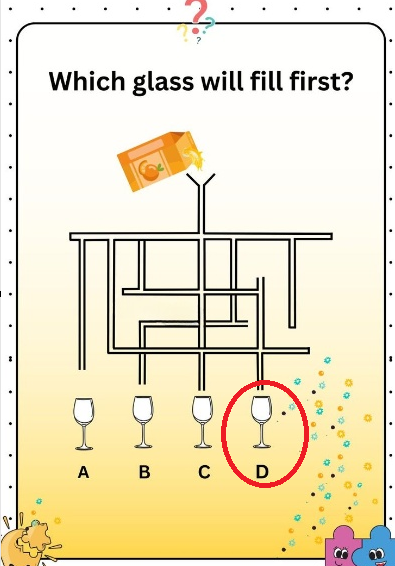
Why Puzzles Like This Are Great for Your Brain
Challenges like this improve problem-solving skills, attention to detail, and logical reasoning. They teach you to slow down, examine all options, and avoid jumping to conclusions based on appearance alone.
Final Answer
Even though all four glasses are in view, only one receives liquid first without delay or obstruction. In this case, Glass D is the winner—every time.
